Filter data
|
ID |
Nickname |
Country / City |
Languages |
Taxonomies |
Comment |
Project / Group |
Map |

|
33804
|
|
Deutschland
Frankfurt am Main
|
|
|
Verblasster Glanz…
|
|
|

|
33805
|
|
Deutschland
Frankfurt am Main
|
|
|
Schöne Neonschtift!
|
|
|
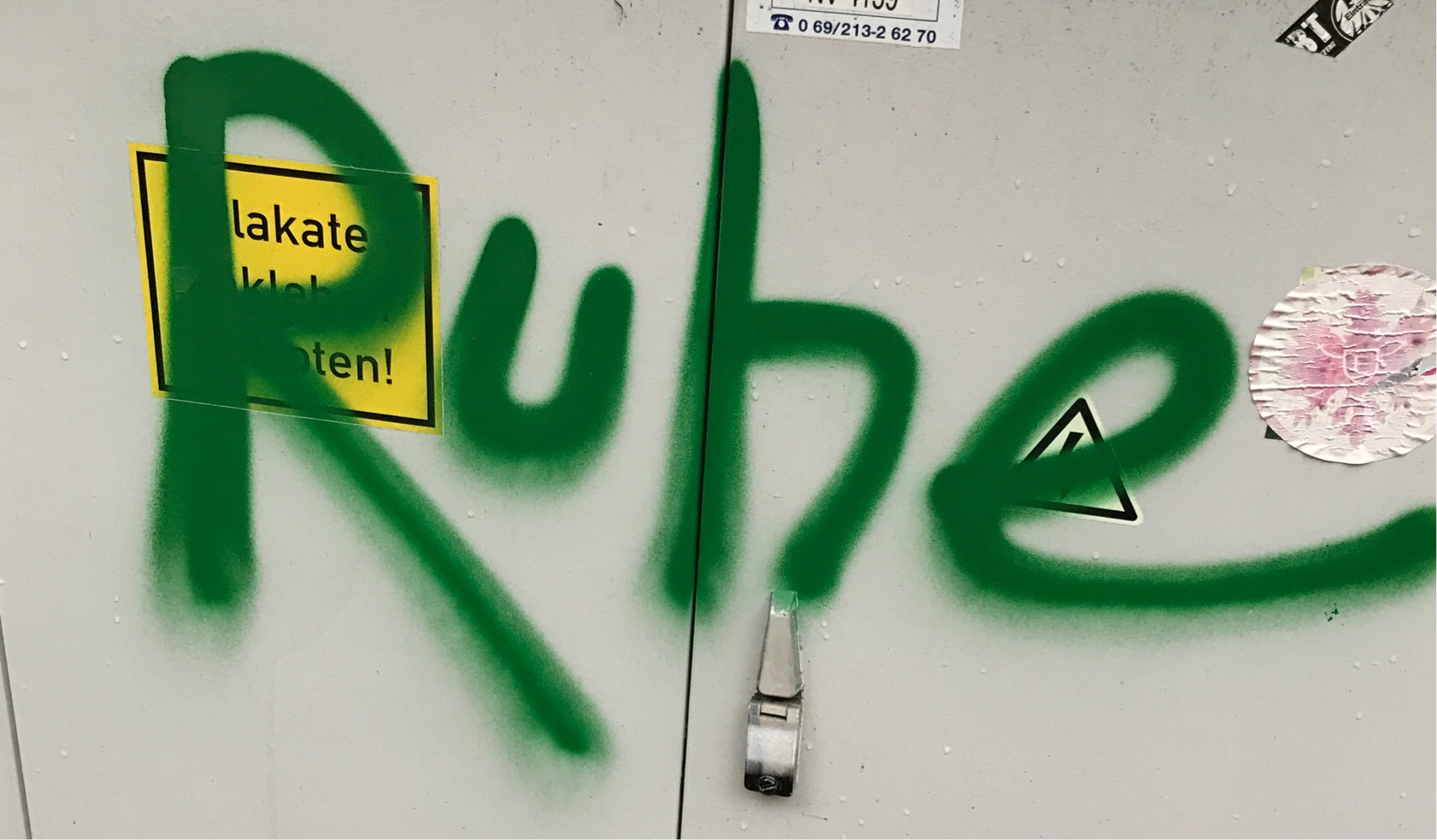
|
1806
|
|
Deutschland
Frankfurt am Main
|
|
|
—
|
|
|
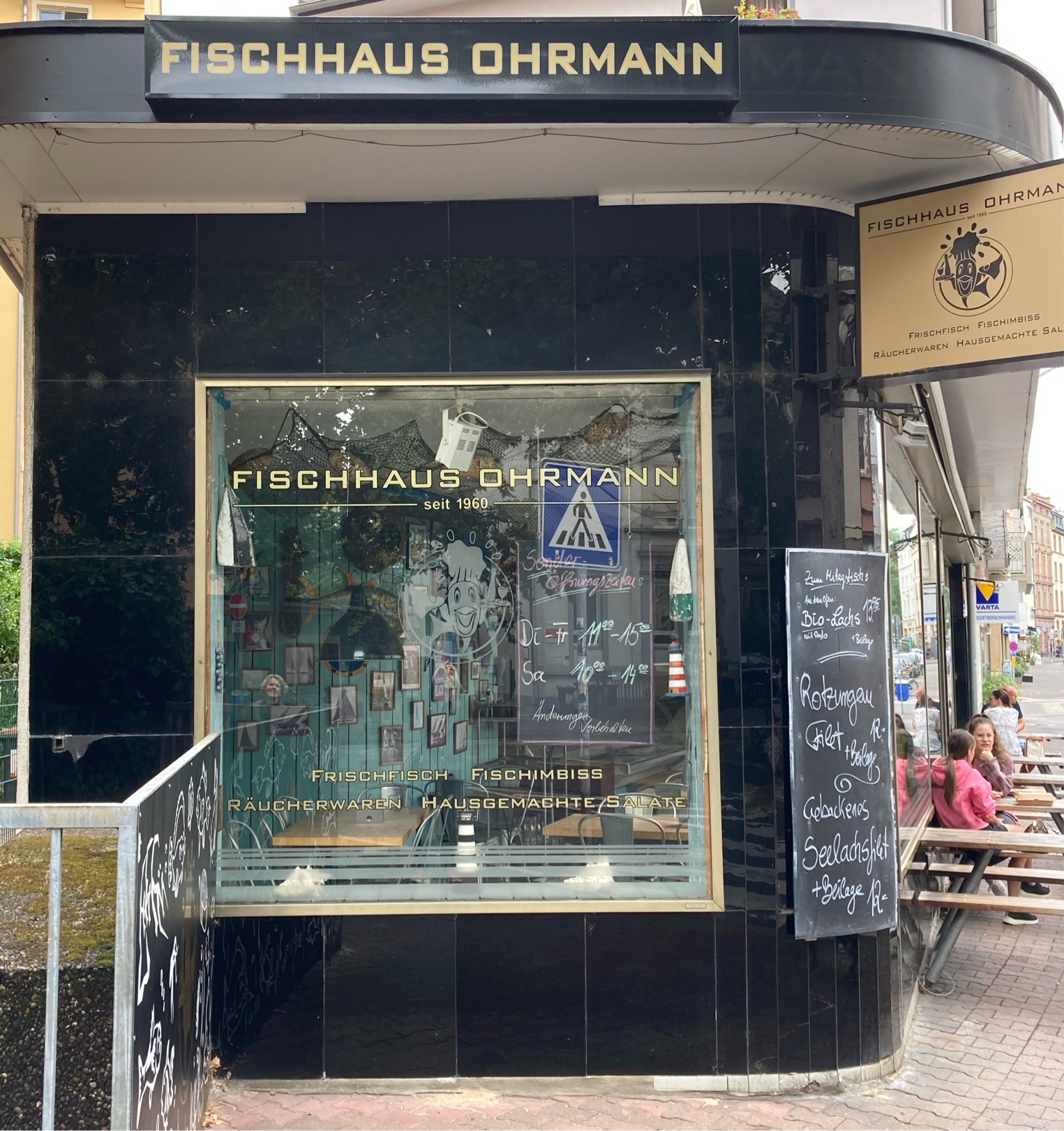
|
33806
|
|
Deutschland
Frankfurt am Main
|
|
|
Frischer Fisch mit schöner Schrift
|
|
|

|
33807
|
|
Deutschland
Frankfurt am Main
|
|
|
Viele viele Schriften…
|
|
|
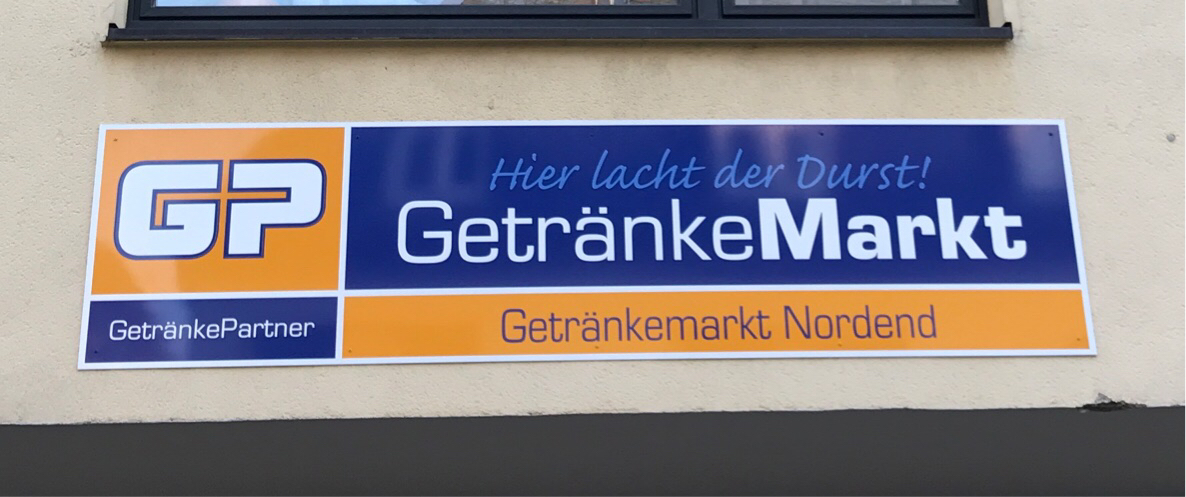
|
4890
|
|
Deutschland
Frankfurt am Main
|
|
|
—
|
|
|
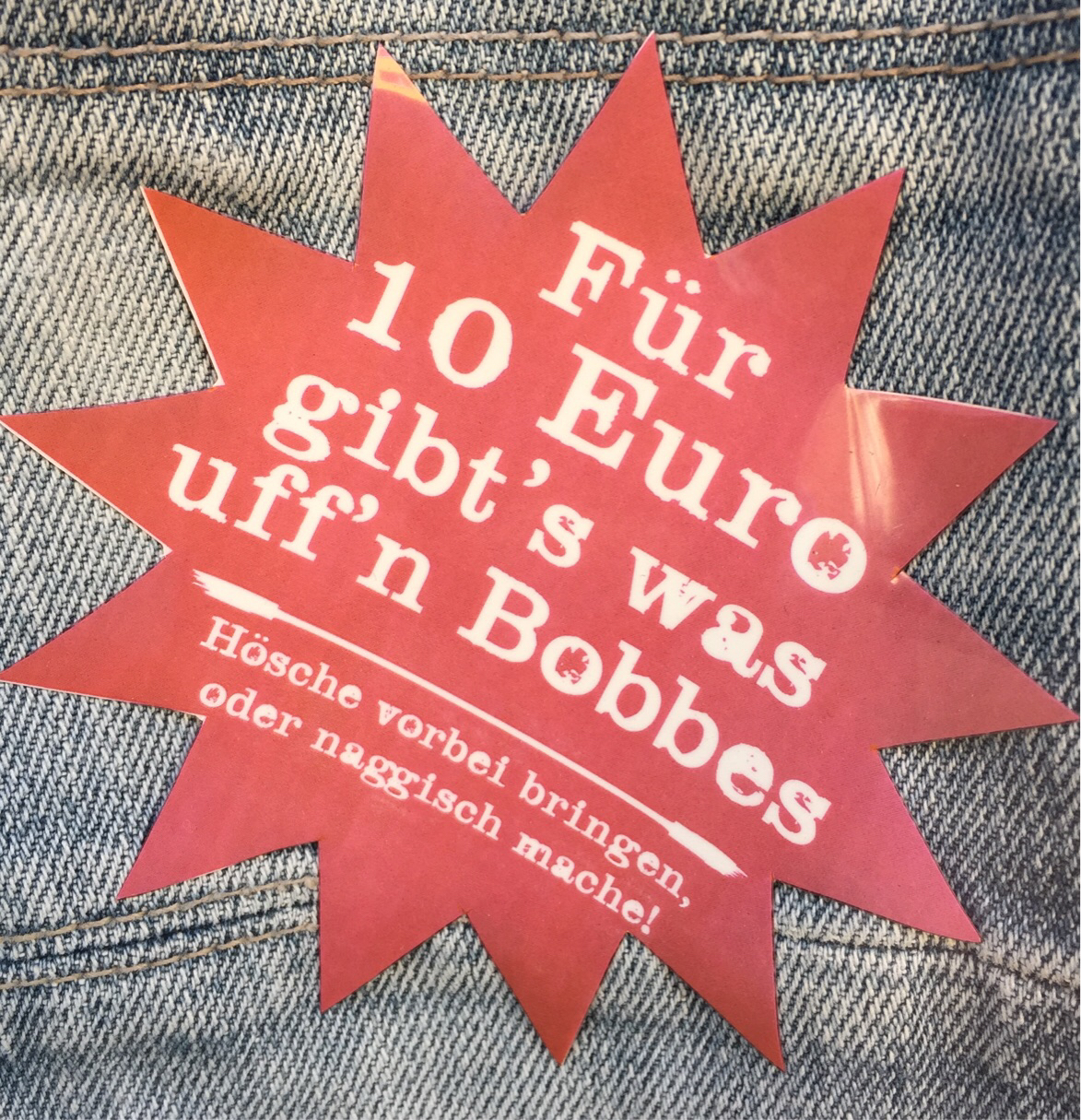
|
7198
|
|
Deutschland
Frankfurt am Main
|
|
|
—
|
|
|

|
4127
|
|
Deutschland
Frankfurt am Main
|
|
|
—
|
|
|

|
5151
|
|
Germany
Frankfurt am Main
|
|
|
—
|
|
|

|
5152
|
|
Germany
Frankfurt am Main
|
|
|
—
|
|
|
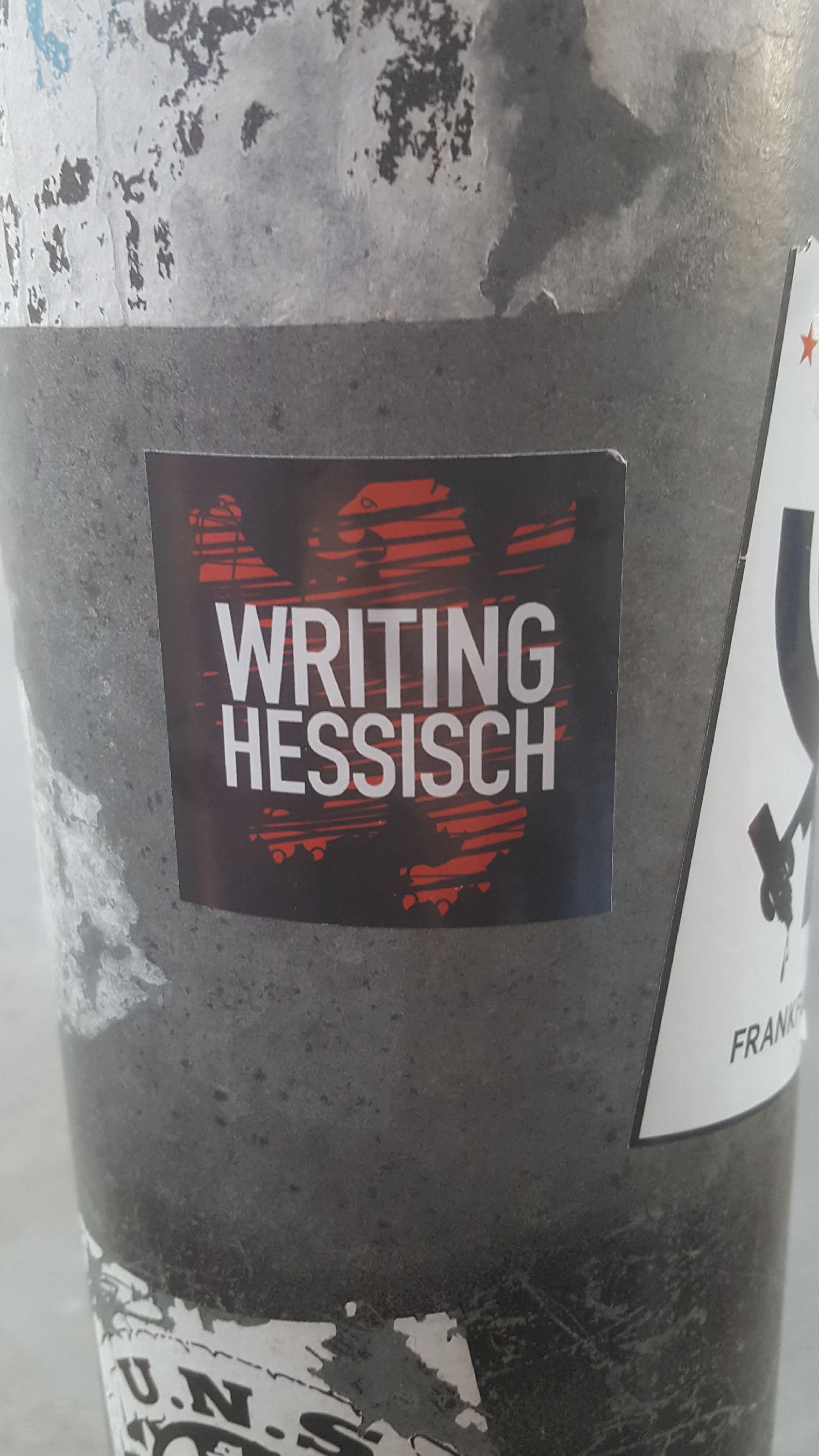
|
6949
|
|
Germany
Frankfurt am Main
|
|
|
—
|
|
|
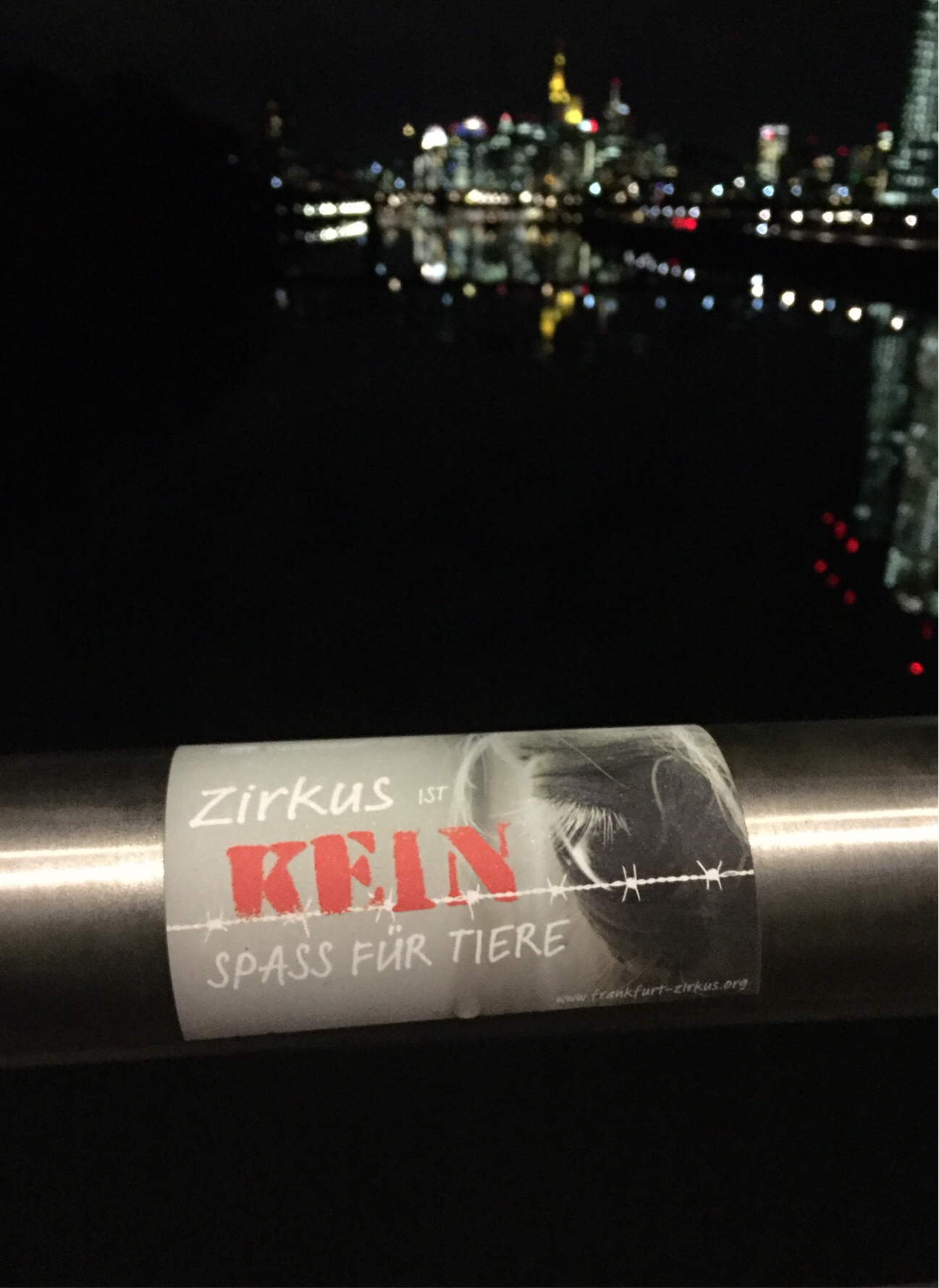
|
3622
|
|
Deutschland
Frankfurt am Main
|
|
|
—
|
|
|

|
3623
|
|
Deutschland
Frankfurt am Main
|
|
|
—
|
|
|

|
3624
|
|
Deutschland
Frankfurt am Main
|
|
|
—
|
|
|
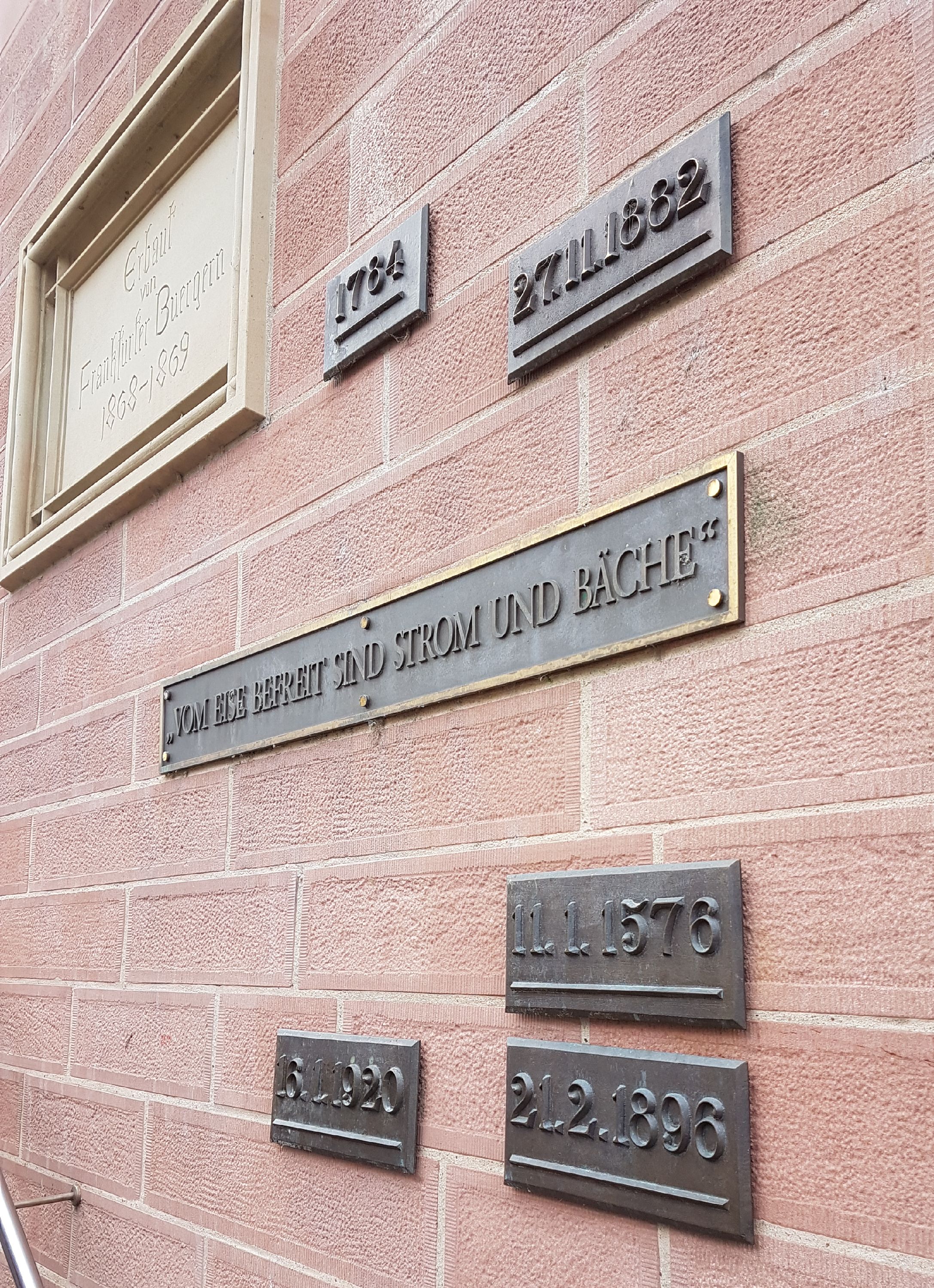
|
14888
|
|
Germany
Frankfurt am Main
|
|
|
@brückenpfeiler
~hochwasser ~stadtgeschichte ~klimageschichte
=temporaldeixis =lokaldeixis =Intertextualität
|
GKv
|
|
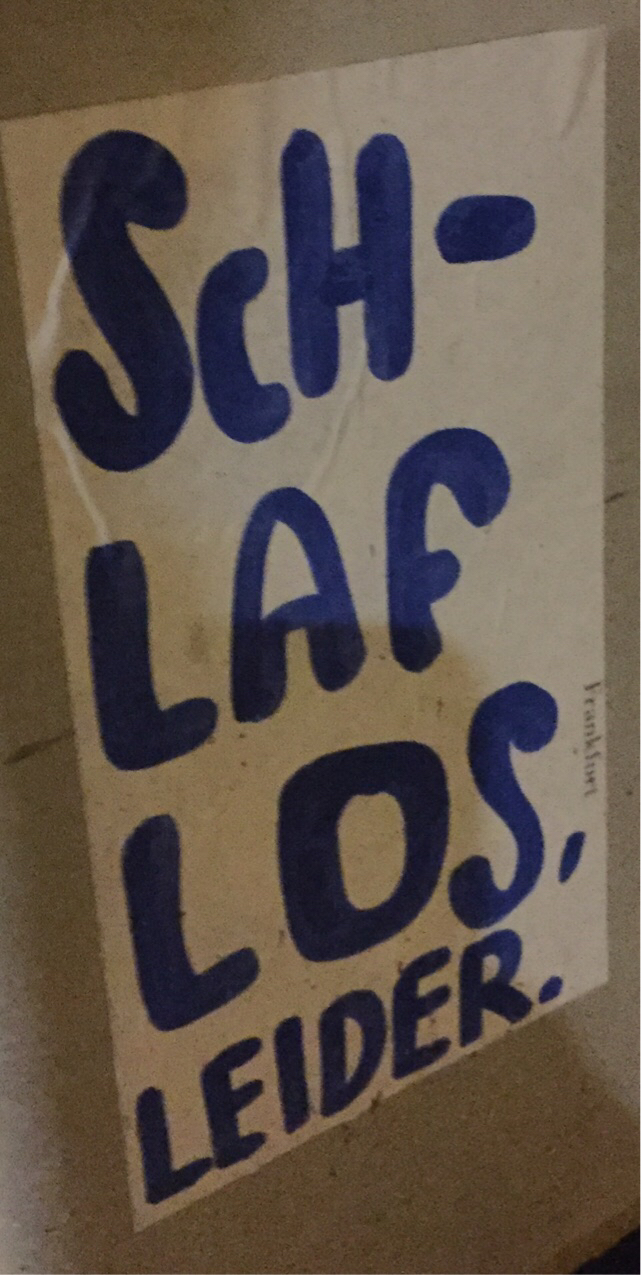
|
3625
|
|
Deutschland
Frankfurt am Main
|
|
|
—
|
|
|

|
10538
|
|
Deutschland
Frankfurt am Main
|
|
|
—
|
|
|

|
10539
|
|
Deutschland
Frankfurt am Main
|
|
|
—
|
|
|

|
10540
|
|
Deutschland
Frankfurt am Main
|
|
|
—
|
|
|

|
10541
|
|
Deutschland
Frankfurt am Main
|
|
|
—
|
|
|